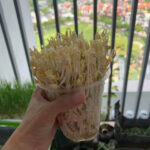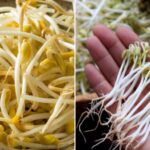
Bean sprouts don’t just stop there; they are also rich in protein, carotene, folic acid, and a range of vitamins and trace elements that are beneficial to health. Despite being delicious and nutritious, one must be cautious when purchasing bean sprouts.
There are numerous types of bean sprouts available in the market today. You can easily find them at vegetable stalls in the market for as low as 2,000 VND.

Upon observation, you’ll notice that bean sprouts come in various shapes and varieties. Some are long, some are short, some places sell thin sprouts, while others sell plump ones. Some have roots, while others don’t. With so many differences, which type of sprout is the tastiest?
Should You Choose Long or Short Bean Sprouts?
Most buyers prefer to choose longer bean sprouts, thinking that they are fresher. However, according to experienced sprout growers, the longer the sprout, the less tasty it is.
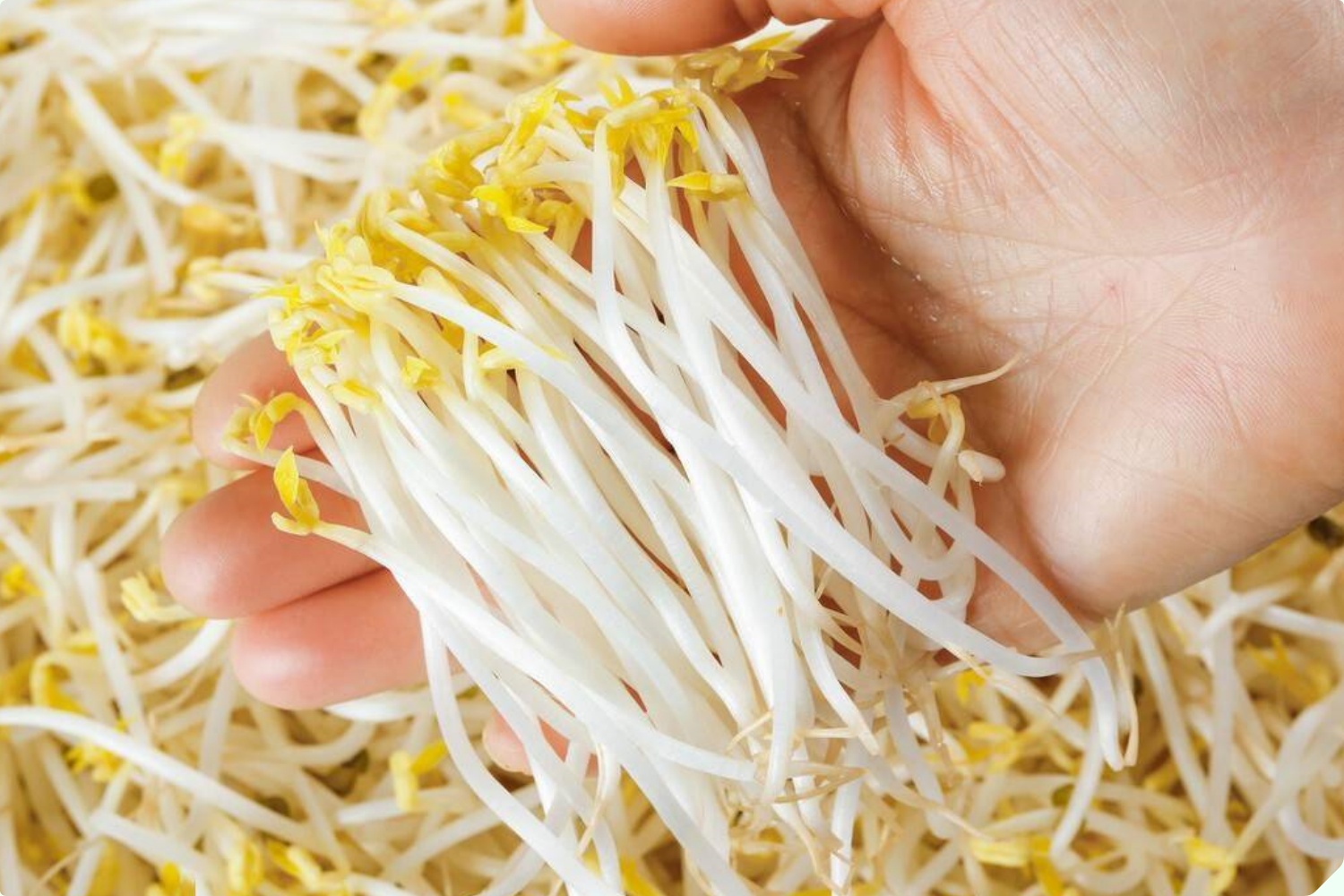
The ideal length for bean sprouts is approximately 2.5 cm. This variety has the highest nutritional value. The longer the sprout, the lower the vitamin content.
When purchasing, opt for sprouts with a mild fragrance and natural color. Avoid sprouts that are too large and plump, as they may have been treated with chemicals.
How to Choose Delicious and Safe Bean Sprouts
Seasoned sprout growers share their tips for selecting tasty sprouts. In reality, the length of the sprout is not as important as the roots when it comes to choosing the perfect sprout.

Naturally grown sprouts will have long, well-developed roots and, most importantly, no rot. In contrast, sprouts soaked in chemicals have short, sparse, or even non-existent roots.
Here are a few things to keep in mind when buying bean sprouts:
1. Color
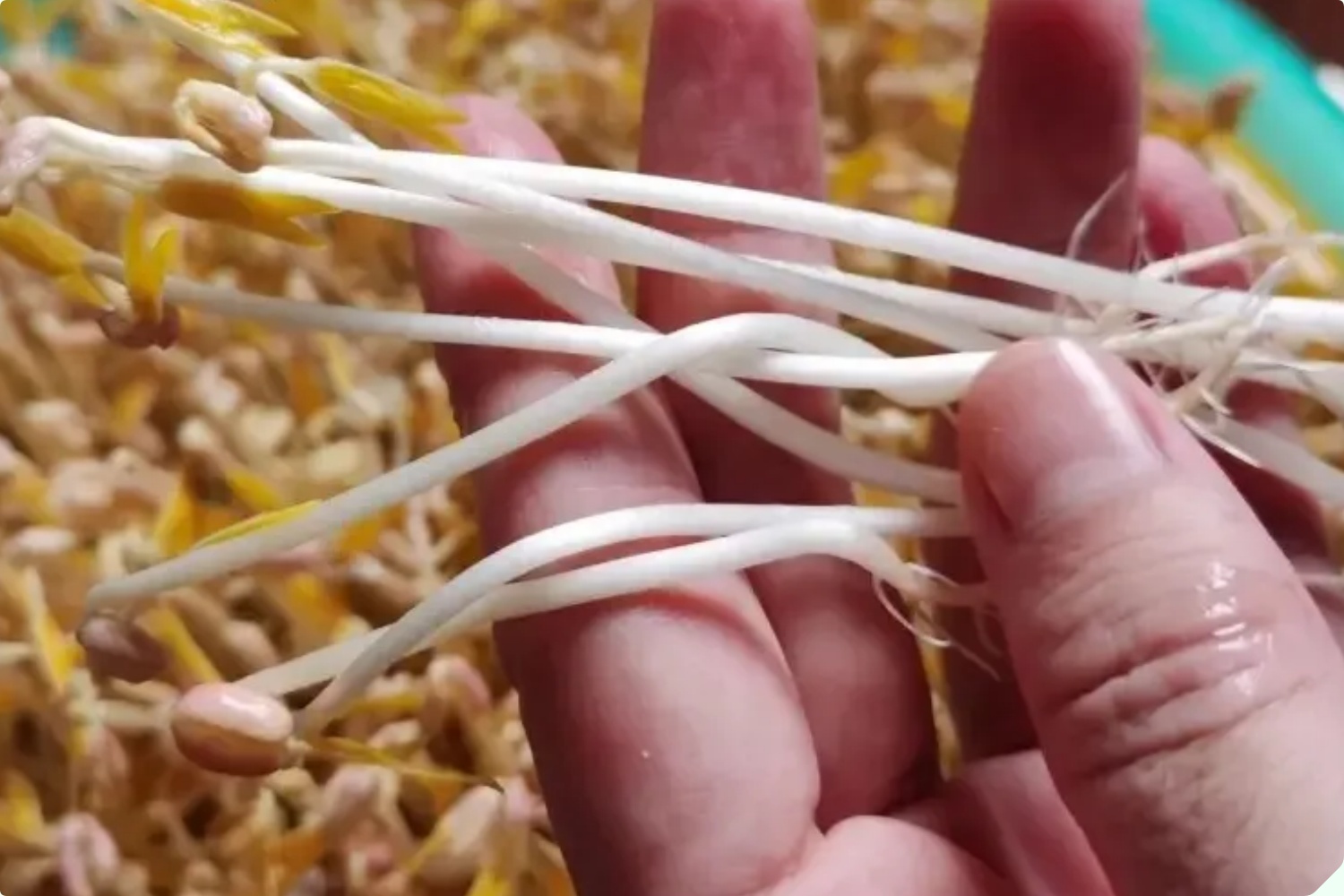
Whether it’s soybean sprouts or mung bean sprouts, color is crucial. Opt for sprouts with a shiny white color. If the sprouts are white but not shiny, they have likely been soaked in chemicals, so avoid purchasing them.
2. Thickness
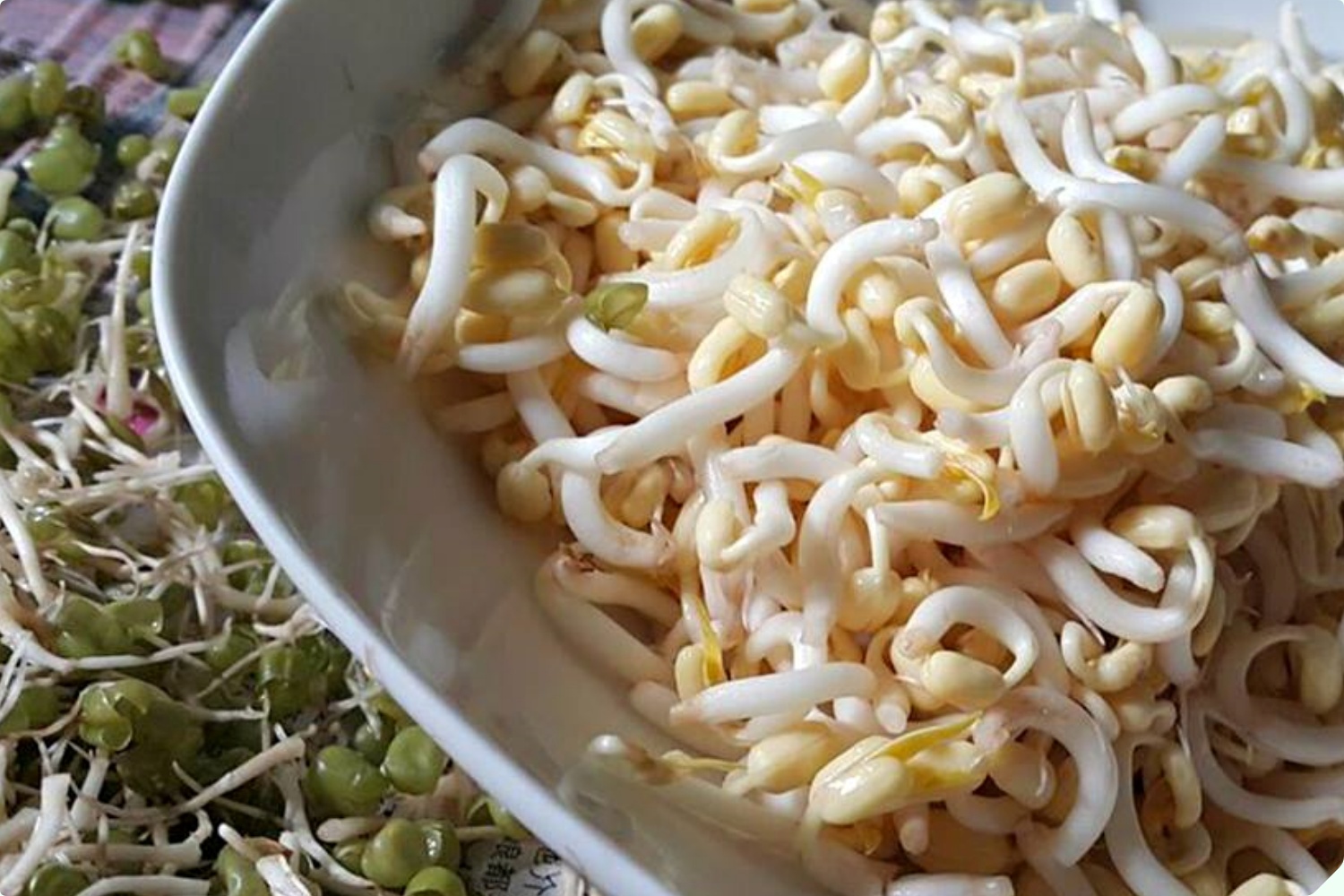
Regular bean sprouts are not overly “plump.” The sprout’s body is neither too thick nor too thin. In contrast, chemically treated sprouts tend to be very plump and visually appealing.
3. Smell
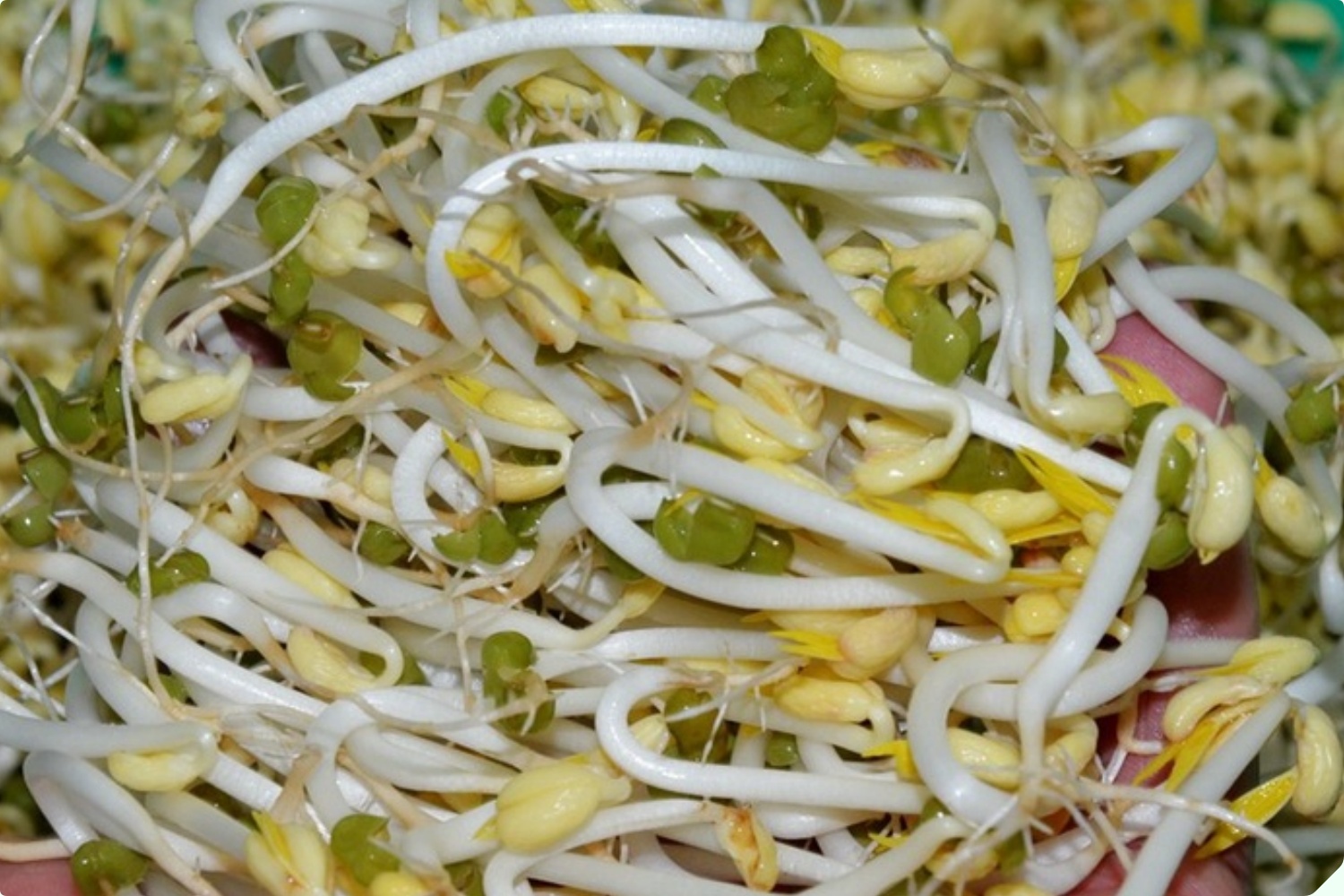
Naturally grown sprouts will have a refreshing fragrance from the beans. If you detect any strange odors, do not purchase them, as they have likely been treated with chemicals. This type of sprout will also have an odd taste when cooked and can negatively affect your health.
4. Beans
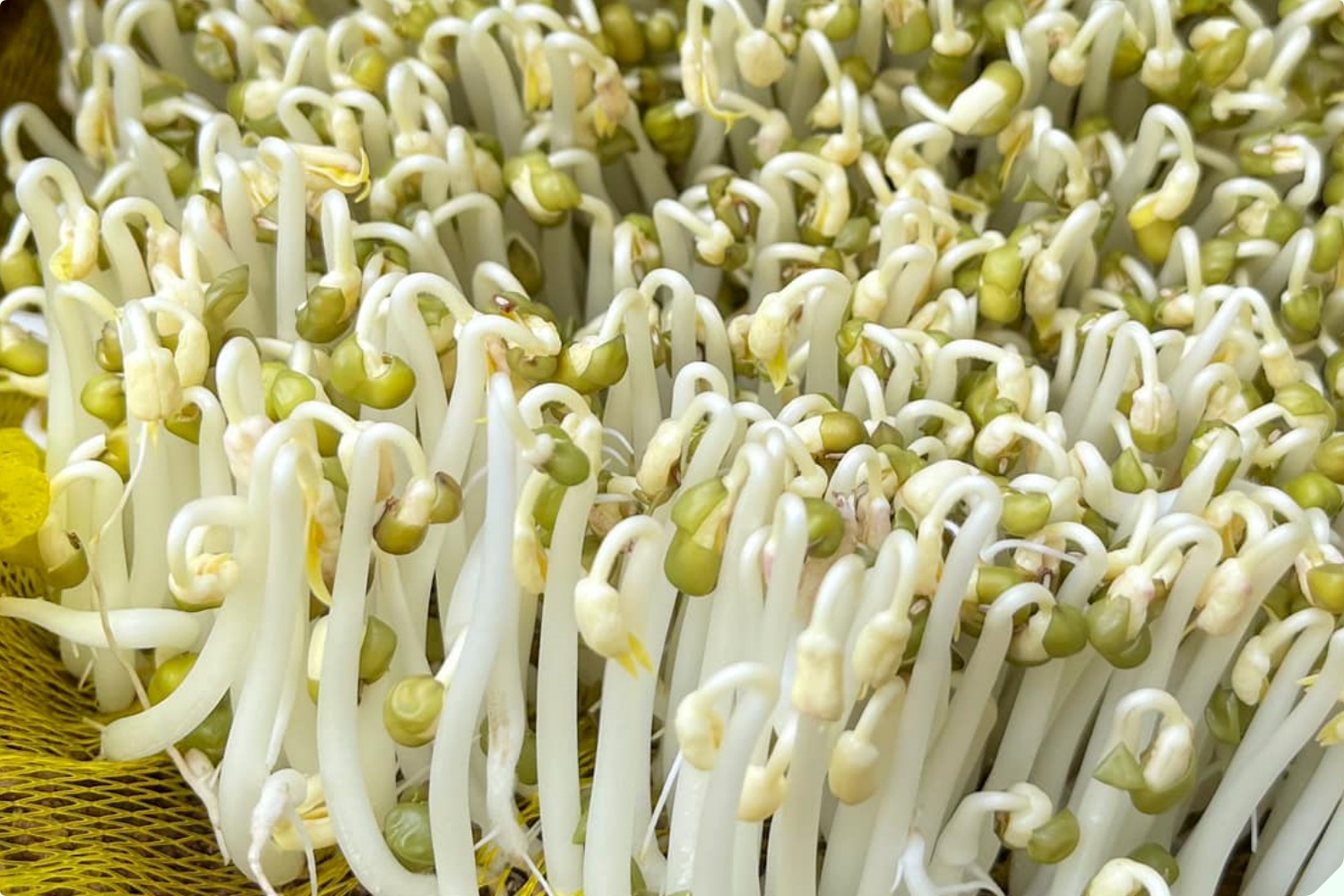
To choose delicious sprouts, don’t forget to examine the beans at the top. Pay attention to whether the beans are yellow or green. If the beans are a lush green, do not buy them, as they have likely been soaked in chemicals. Bean sprouts should be a greenish-yellow color.
5. Break the Sprouts in Half
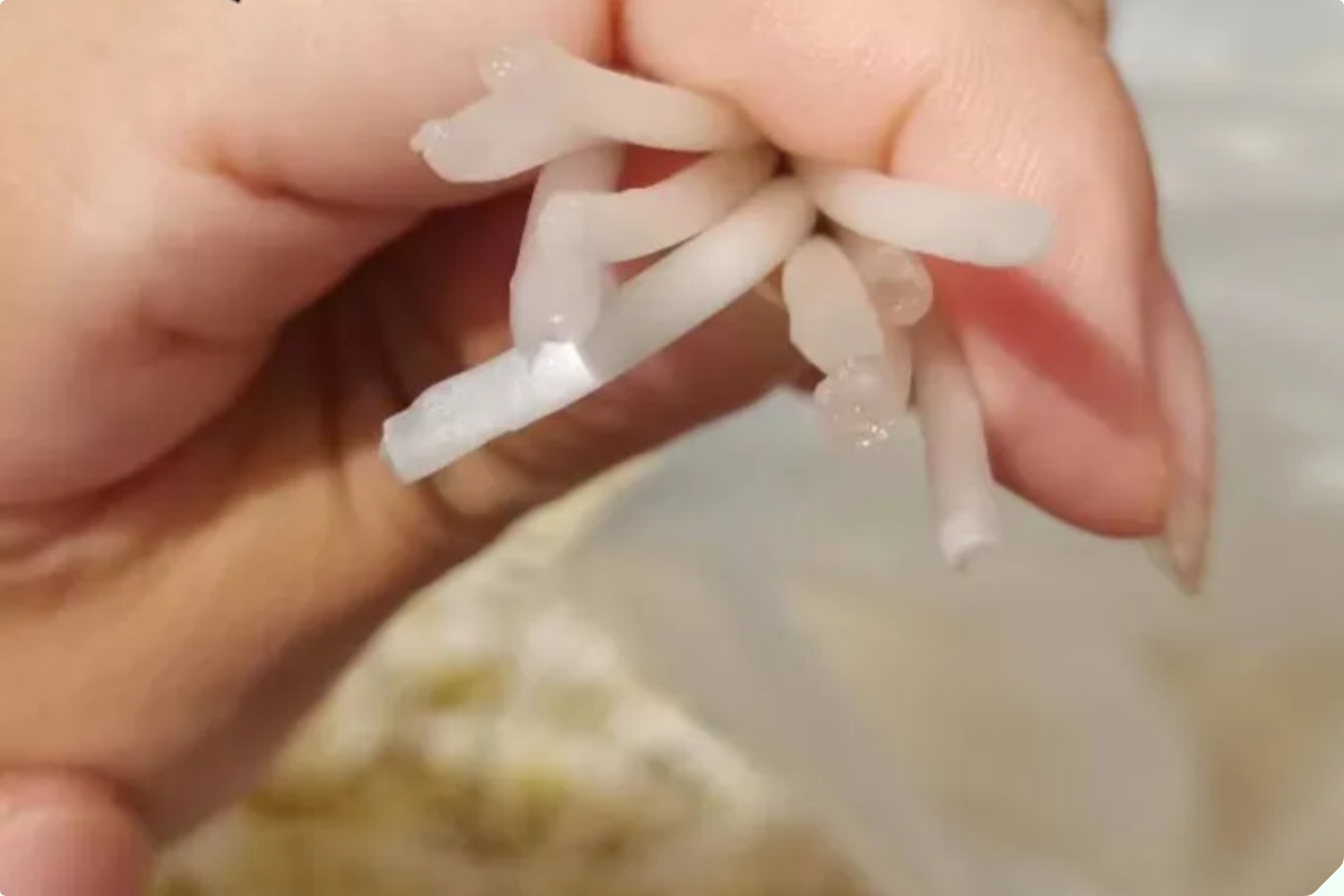
Break the sprout in half with your hands to inspect it. Sprouts grown conventionally will be crisp, and when broken in half, they will release a lot of water. Chemically treated sprouts, on the other hand, have less water and are quite chewy, not crisp.
Bean sprouts are an affordable, tasty, and easy-to-prepare food, but one must be cautious when purchasing them to avoid harmful products.
A Simple Guide to Growing Your Own Bean Sprouts at Home
Ingredients:
– 1.5-liter plastic bottle: 1 piece
– Mung beans: 300g
Instructions
1. Wash the plastic bottle thoroughly and pierce 5 holes in the bottom. Cut off ⅓ of the plastic bottle using scissors or a knife.
2. Rinse the mung beans, then soak them for about a day. On the second day, discard the water, rinse the beans again, and drain them in a colander.
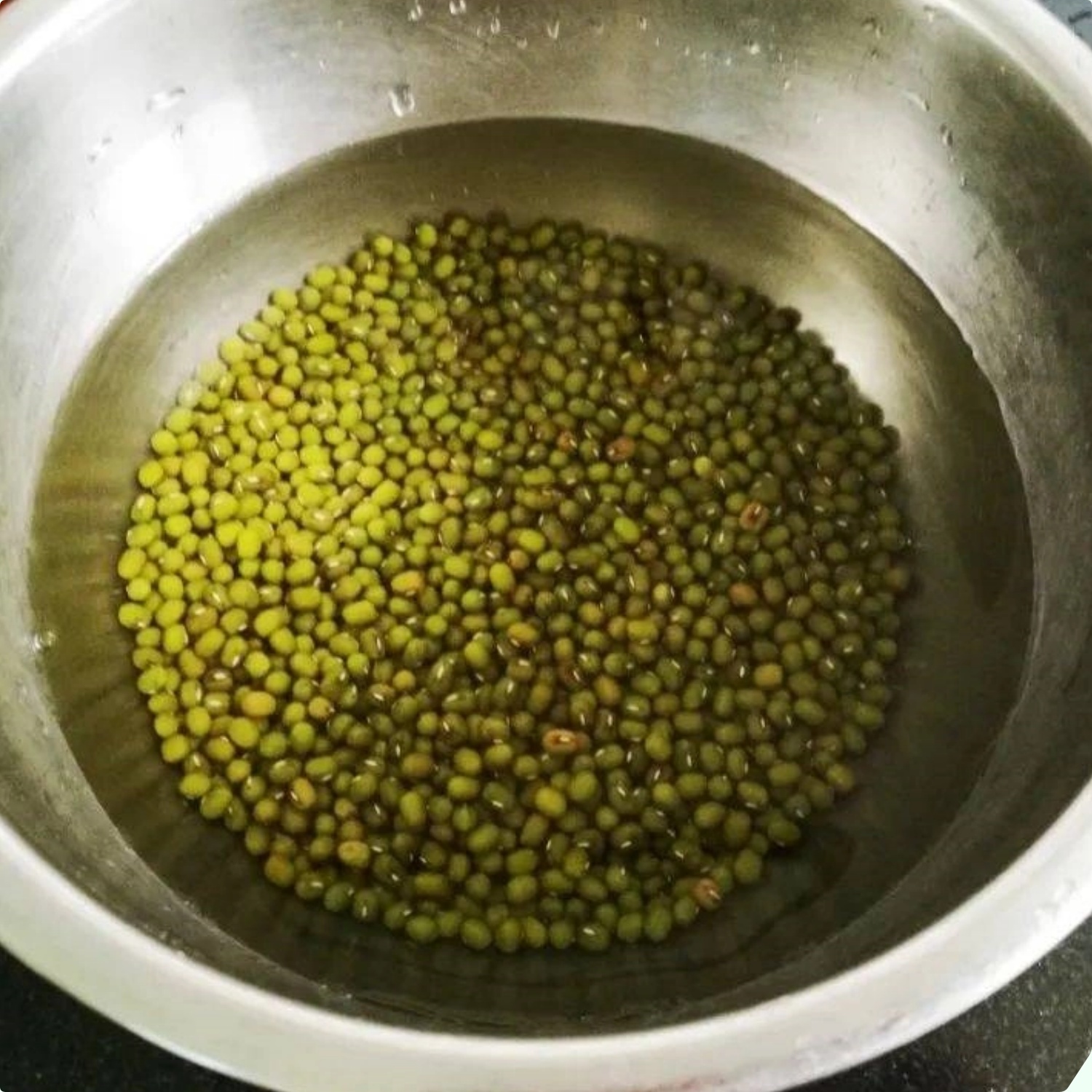
3. Place the soaked mung beans in the plastic bottle and add about a bowl of clean water. Cover with a damp cloth, then place the bottle in a dry, dark place with a temperature of about 15 degrees Celsius to promote faster sprouting.

4. Water the mung beans in the bottle daily. If you don’t have time, you can increase the water quantity to ensure the beans don’t dry out. The ventilation holes at the bottom of the bottle will prevent waterlogging and rot.
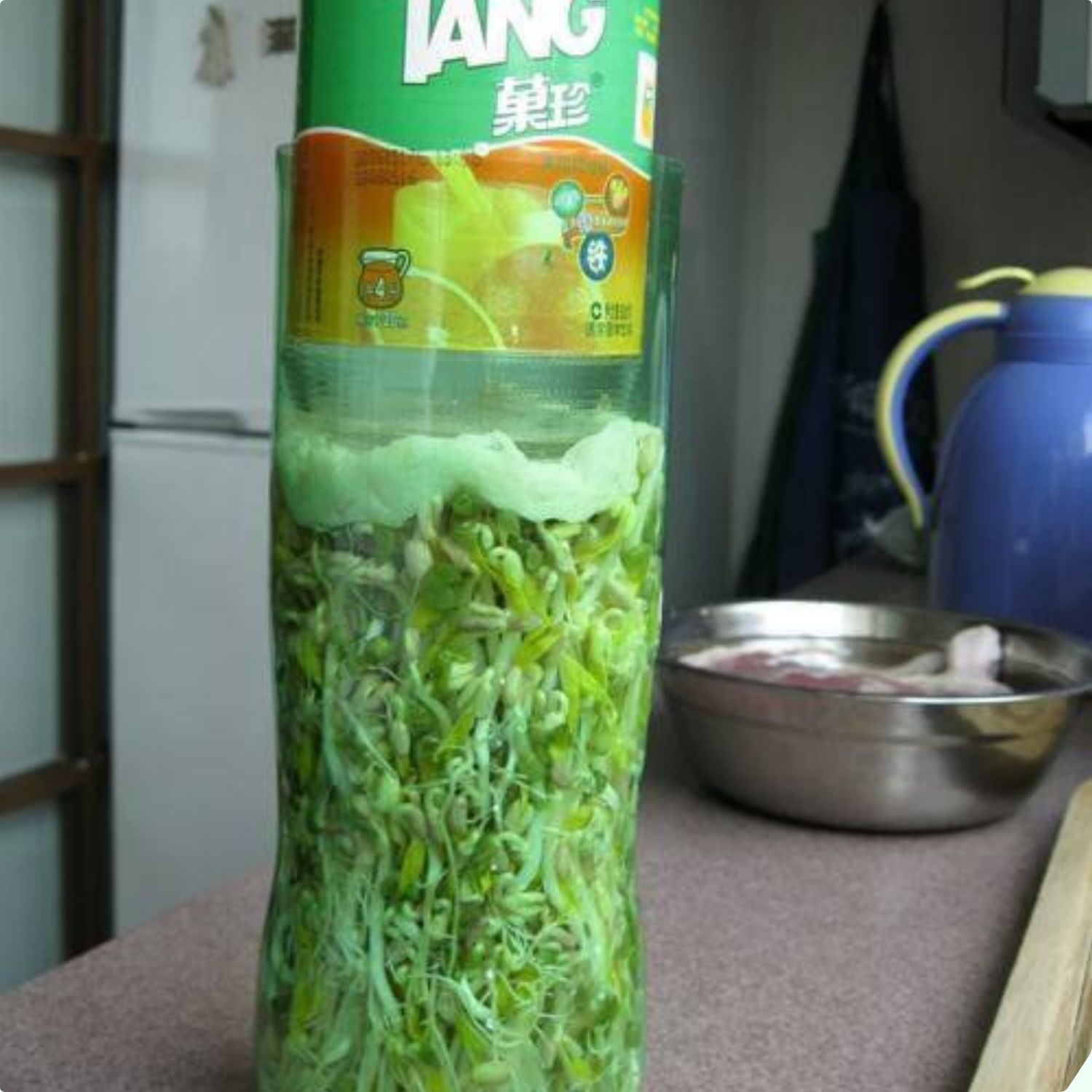
5. After 5-7 days, you’ll have a bottle of delicious sprouts ready to enjoy.
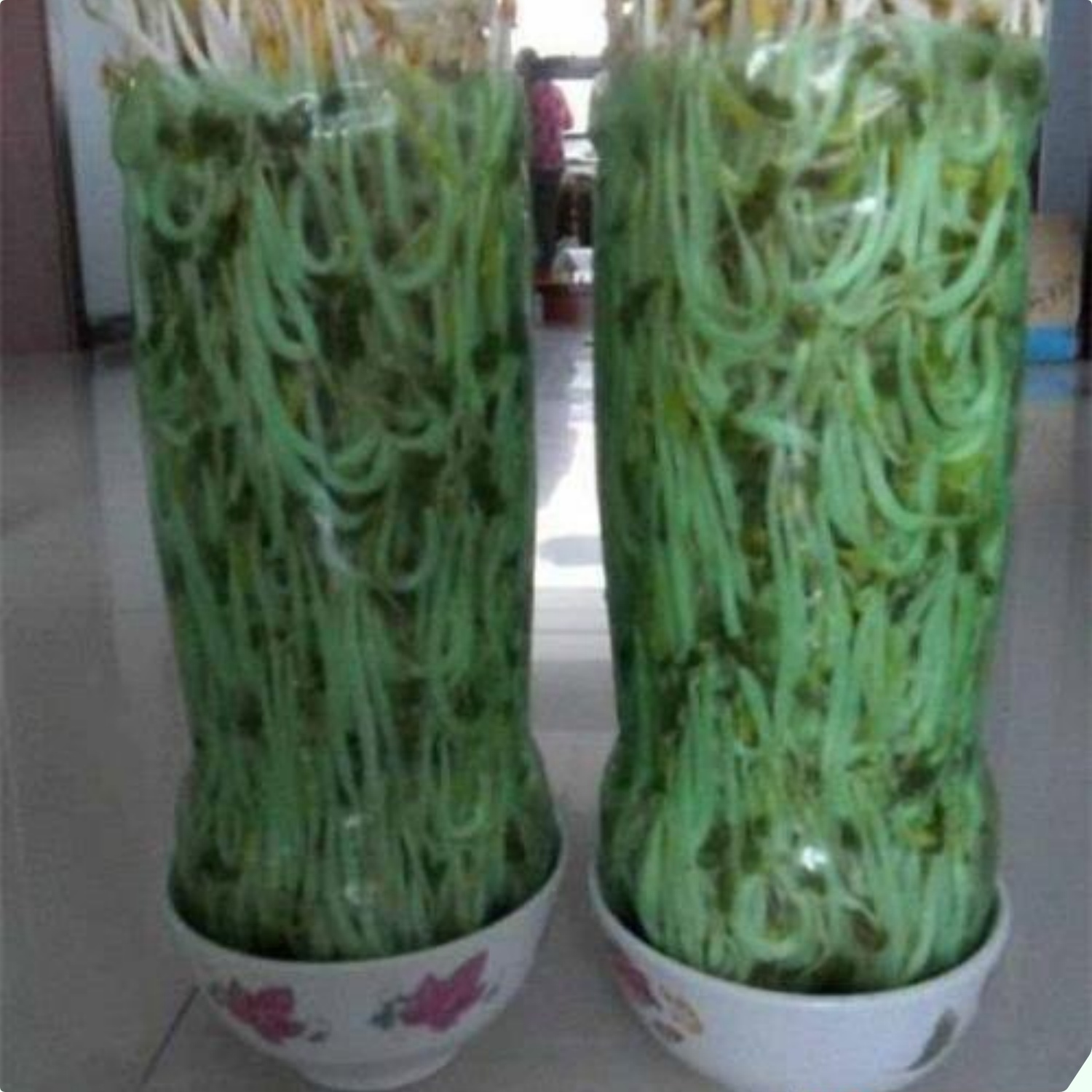
6. Remove the sprouts from the bottle and rinse them in a colander. They are now ready to be used in your favorite recipes. This method is simple, easy to follow, and produces fresh, hygienic sprouts.
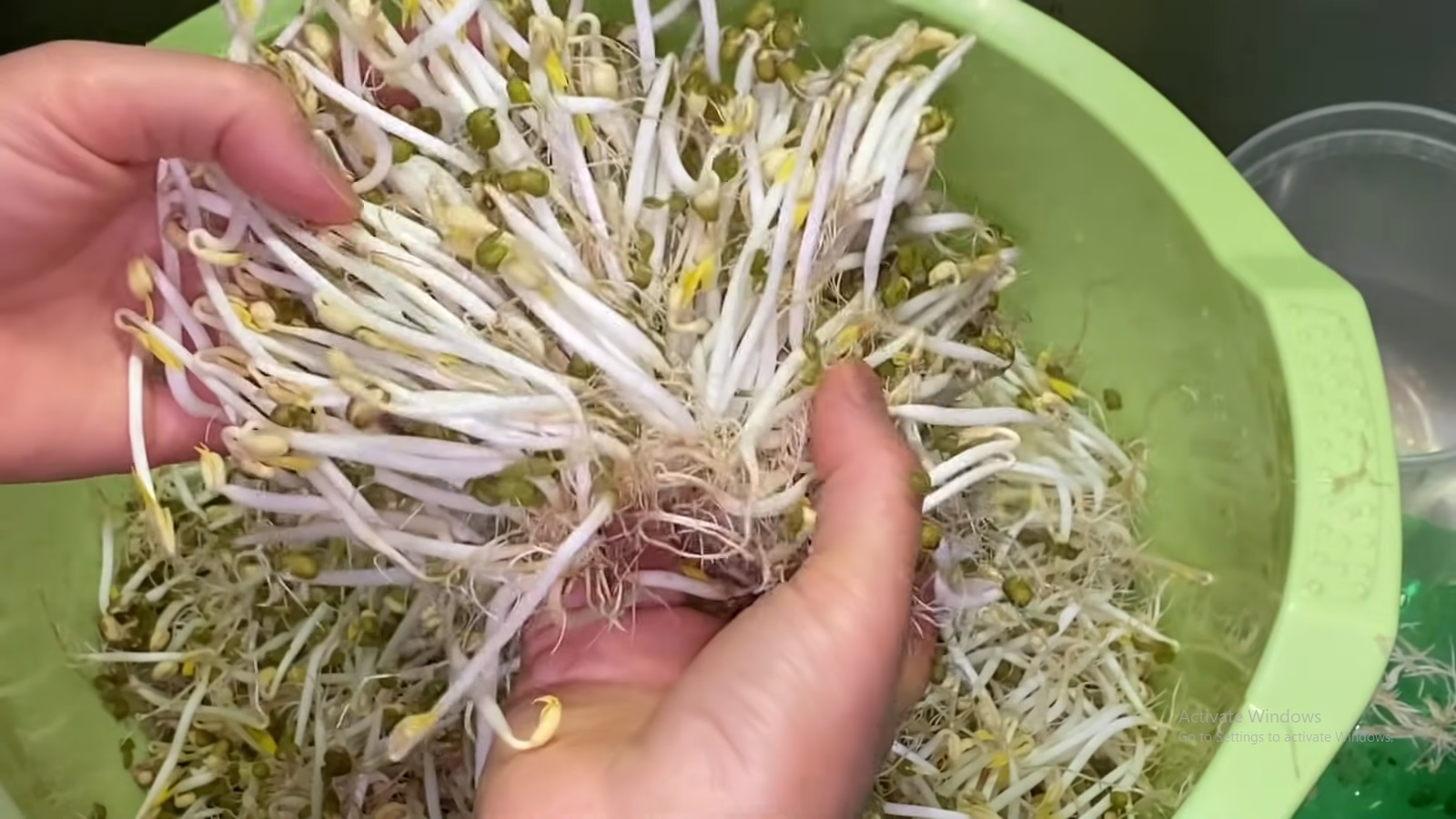
Good luck!
12 Ingenious Ways to Grow Bean Sprouts at Home Using Everyday Items
“Discover the secrets to growing delicious and plump bean sprouts at home with ease and speed. Uncover the simple methods using everyday kitchen items such as plastic baskets, bottles, milk cartons, and towels. Learn how to master the art of sprouting and enjoy the freshest ingredient in your meals.”

























